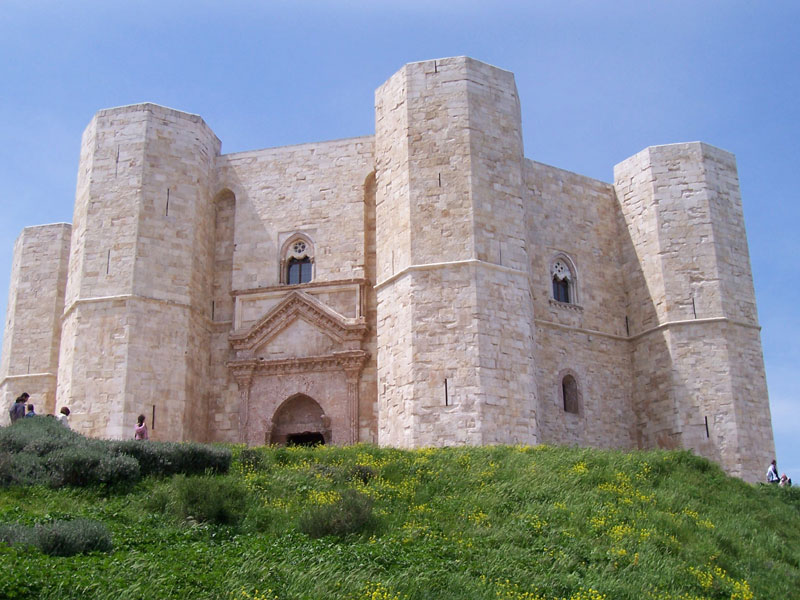Points of Interest
The Park Municipalities
The Park, whose establishment was scheduled by law 9th December 1998 no. 426, was established de facto with D.P.R. 10th March 2004 (G. U. N. 152 of 1st July 2004). It covers a total area of 68,077 hectares and its territory involves Regione Puglia, the Province of Bari and those of Barletta, Andria, and Trani, the Mountain Communities of Murgia Nord Occidentale and Murgia Sud Orientale, and 13 Municipalities.
The Park Treasures
A visit to Alta Murgia Park should also include a visit to the thirteen towns surrounding it. Among the most interesting features characterizing the area, the archaeological sites in Botromagno, Gravina (34 hectares), the stone and tufa architectures of the historical town centers, the Romanesque-style cathedrals (Altamura, Bitonto, Ruvo), and the museums (Museo Ettore Pomarici Santomasi in Gravina, Museo Jatta in Ruvo, the State Archeological Museum in Altamura).
In 1993, an extraordinary discovery was made at Pulo di Altamura, where
the millenary sepulcher of one of the first ancestors of man was found,
confirming the presence of human settlements in the area already during
prehistory. It is the entire and perfectly preserved skeleton of a
hominid (unique case in the world), belonging to an archaic species of
Homo, who lived between the 200 thousand and the 400 thousand years ago.
Another
great discovery regarded in 1999 a field of dinosaurs' tracks in an
abandoned quarry between Altamura and Santeramo. Scattered throughout
an area of about 12,000 square meters, over 30,000 dinosaurs' tracks
have been found, many of which incredibly intact and clear. It is the
richest paleontological field in the world.
The opposite sides of the plateau, along the ancient Roman main ways of communication represented by Via Appia and Via Traiana, are dominated by the Norman castles of Gravina, Garagnone, and Castel del Monte, built according to the will of Frederick II, Duke of Swabia. The charm of this building cannot be fully understood if we do not consider its setting: golden as the calcareous hills from where the huge stone blocks forming it were extracted, Castel del Monte dominates the top of Murge as a monument to beauty.
Jazzi, Masserie, and Rural Architecture
The main human activities carried out in the area, like stock rearing
and agriculture, have given birth to extremely rich and complex forms
of space organization: dry-stone walls networks, hypogean villages and
necropolises, rock churches and rural chapels, reservoirs and snow
houses, trulli, but above all several agricultural masserie and sheep
masserie, the so-called "jazzi", situated along the ancient
transhumance trails.
Masserie of Alta Murgia summarize all the
typologies of masserie you can find in Apulia both for their different
functions and different architectural structures.
With the first
stage of the hermit and anchorite presence, the extraordinary and
mysterious rock civilization characterizing Apulia was born: along the
marshy grounds, the gorges, and the ditches. Many rock churches and
chapels were built between the 9th and 14th centuries AD, while
masserie and aratie regie were built during the Norman-Swabian-Angevin
period.
Since the 15th century, in order to protect the animals from
the cold winter nights, the architectural structures for sheep breeding
called "jazzi" were built: they are situated in places with a southern
exposure and sheltered from the north wind and are still visible in the
rocky expanses of Murge.









